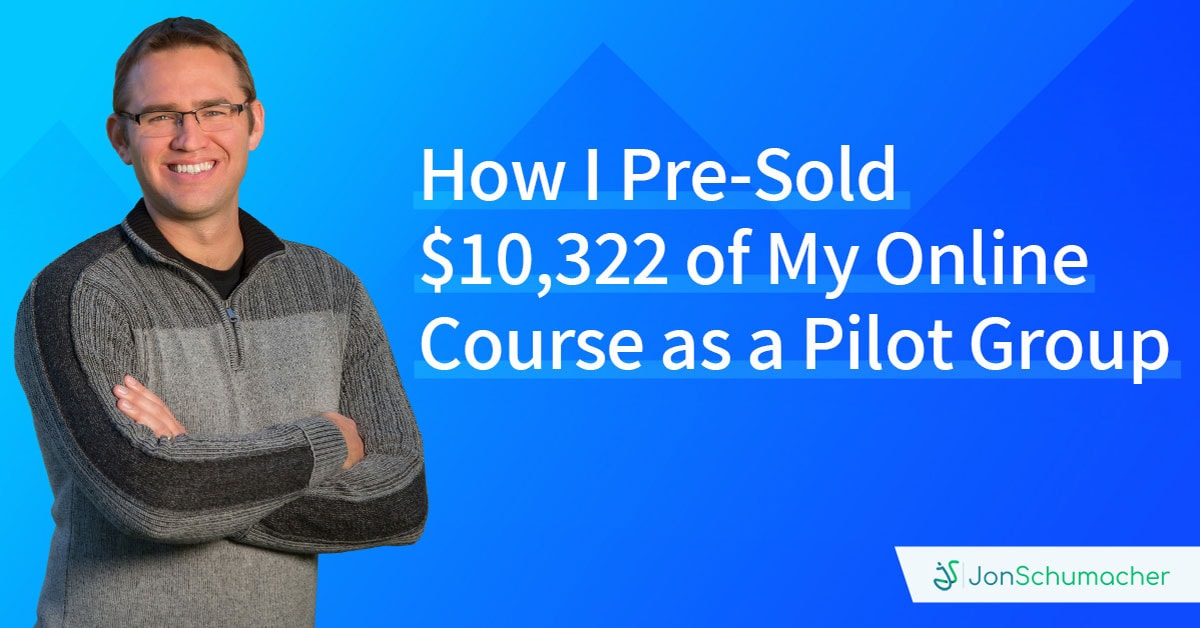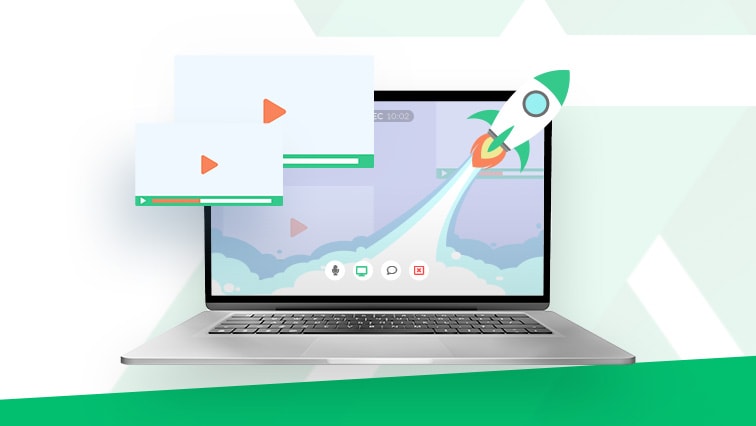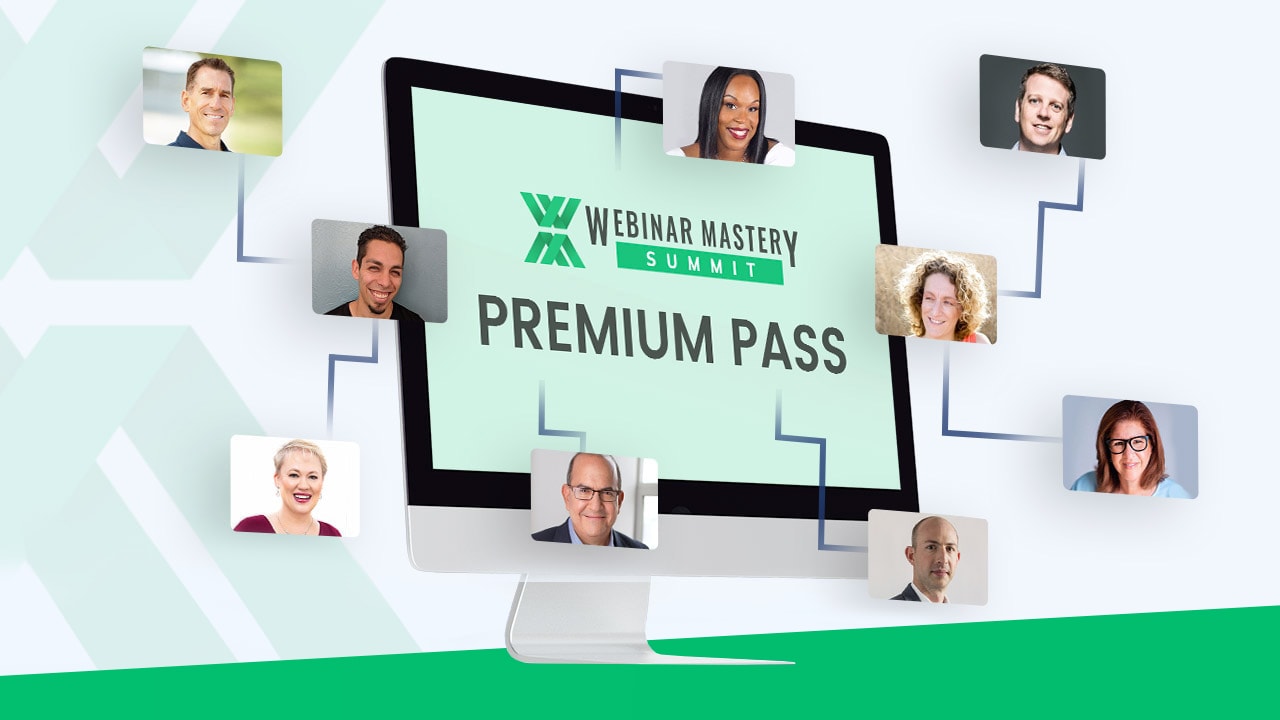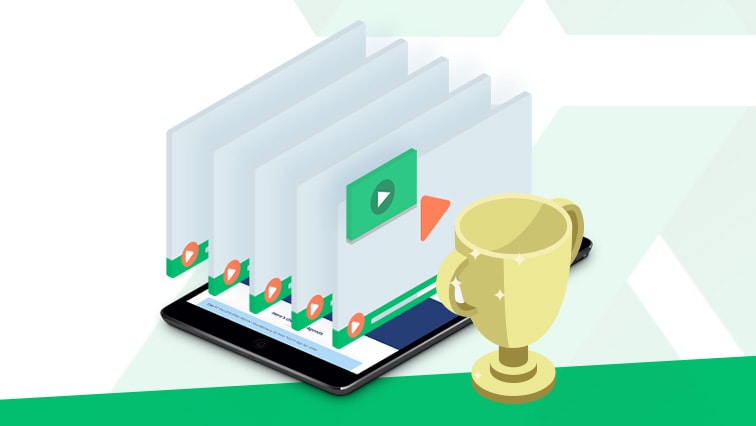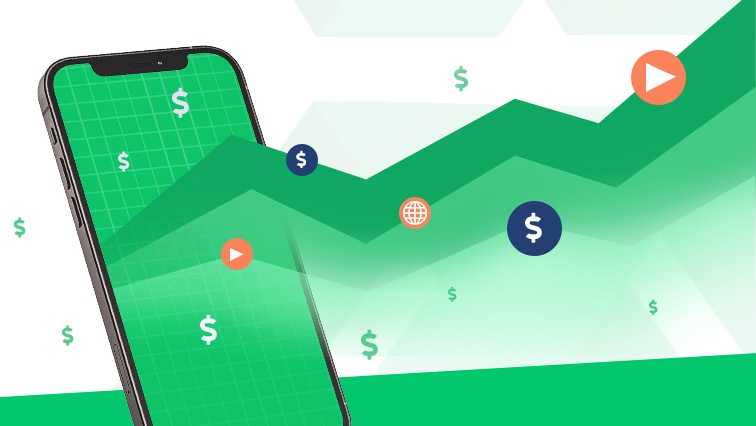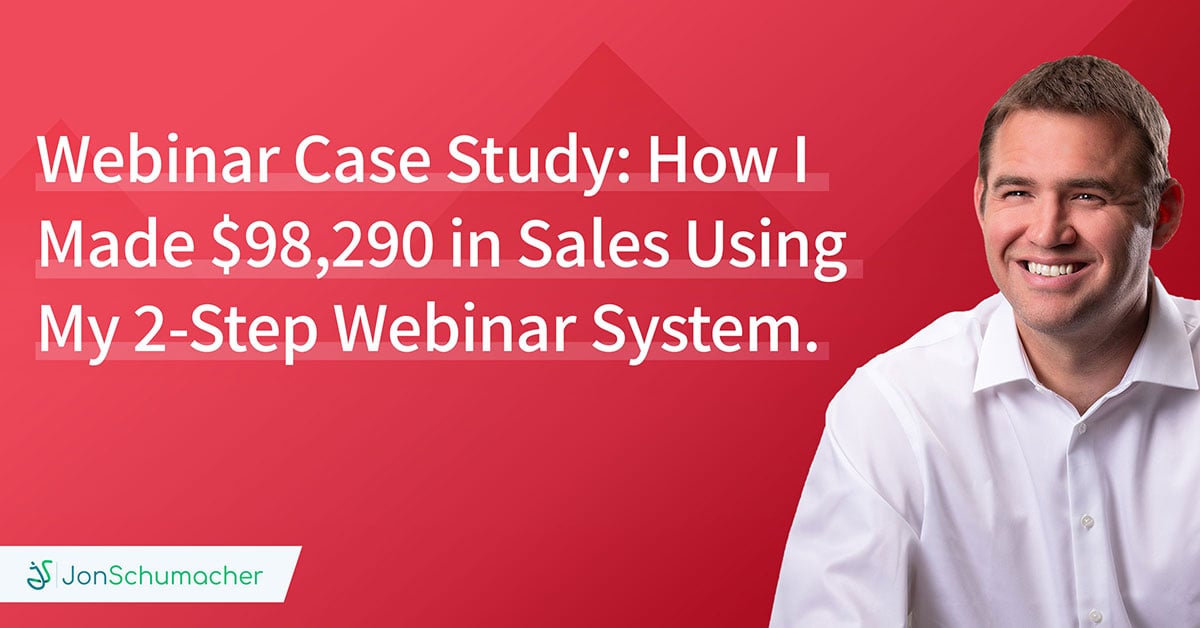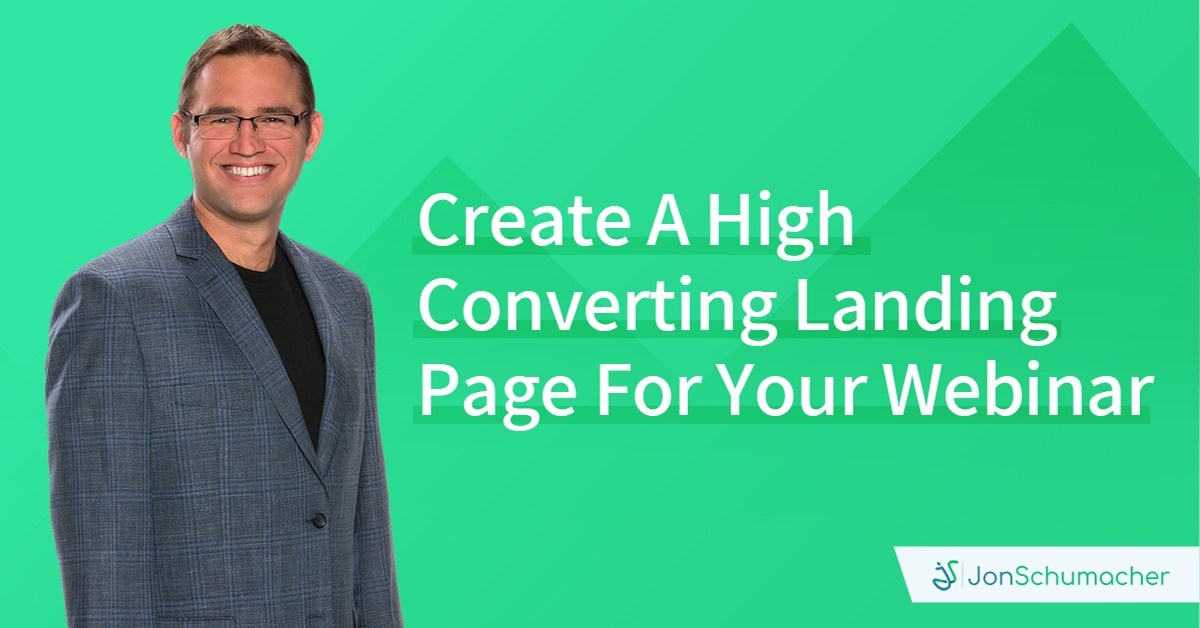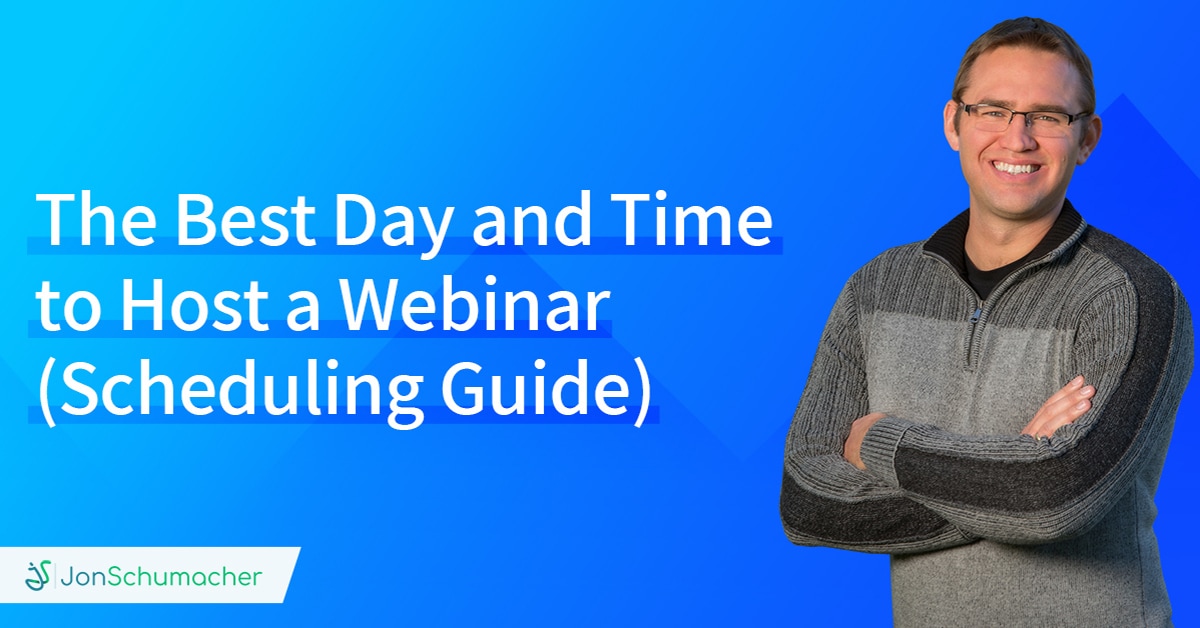I have seen it over and over again.
A course creator spending months and months researching the plethora of different online course software, working on getting the perfect branding and imagery.
Finally after months of prep and hundreds if not thousands of dollars spent…they “launch.”
Only to find out that they had the wrong offer to the wrong market.
Time and money down the drain. Don’t do this.
Unless you have a massive audience and a history of successful product launches, you need to test first.
I recommend pre-selling a “pilot” program to see if your idea has wings. If it has the right positioning and the right offer to the right audience.
In this post, I want to share a step by step process I used to pre-sell $10,322 of my latest online program, the Webinar Mastery Academy, using a webinar campaign to my audience with no affiliates and under $200 in warm market Facebook Ad spend.
Here is the 10-Step Process I Went Through to Pre-Sell My Course Using a Webinar:
- Create a Product Offer Summary using a Google Doc or Word Doc. Creating a Product Offer Summary is one of the first steps we take inside the Webinar Mastery Academy to make sure that you can “pre-answer” any buying questions and objections a potential customer may have about your product or service. It lists things like the product hook, why this different, who this program is EXACTLY for, the program features and benefits, any bonuses, pricing, competitor pricing, and your guarantee. After writing out this form I now have most of the copy for my product sales page and the offer section of my webinar. If you don’t start with these strategic pieces your program will not sell as well.
- Fill out a Pain, Product, Profit Worksheet. Since I now know the details of what I am offering from my Product Offer Summary, I can now strategically create my webinar content teaching points. When using the Pain, Product, Profit Worksheet, I ask myself,”What are 3-5 pains that my new program solves?” Then I ask and write down a list of 3-5 objections and myths that a potential buyer of my program would have. These objections are usually around time, money, lack of technical skills, no product to sell, etc. I always structure my webinar content around breaking these objections when I am creating my slides. The biggest goal of a sales webinar is to “teach away” objections and false beliefs that are stopping your ideal customer from doing what you are teaching and buying your program. Read that sentence again.
- Create a compelling Hell-Yeah Headline that will grab my audience by the eyeballs and excite them to sign up for my webinar.
- Create my webinar presentation outline in another Google Doc. When I am creating an outline I focus on three main areas: Introduction, Content, and Offer. The primary focus on my Introduction is using third party stats to validate the problems of my attendee’s face and the solution I am offering. I then relate to their problems using my expert positioning story. I share my struggles, how I overcame them, and the results I am now enjoying (I brag a bit). For the webinar Content, I am focused on breaking false objections that my attendees have about doing what I am teaching and as a result buying my program. In the Offer section, I use the information from my product offer summary to pre-answer buying questions and remove risk.
- Start creating my webinar slide presentation using Google Slides, a free presentation tool inside of Google Drive. You can get custom branded slides on Fiverr.com for a few bucks.
- Configure my webinar software and registration page with the webinar date I have selected (usually a Thursday at 11 am PST). I start creating my program sales page using Leadpages with the information on my Product Offer Summary. I also set-up a product page inside of Samcart, my current shopping cart, and create a new onboarding email sequence in ActiveCampaign.
- As I continue to work on my slide presentation, I also take the time to write my webinar promotional emails to drive sign-ups for my webinar. These emails are sent out 3-7 days prior to my webinar start date.
- I then host a live webinar. My webinars are generally 60 minutes of presentation with as much as 60 minutes of Q&A if questions are still coming in.
- After the webinar, I have a five day, 12-email follow-up sequence that continues to give value, break objections, pre-answer buying questions, while repeatedly sharing my offer deadline. The majority of my sales come in the last 24 hours.
- After the cart closes, I start creating the content for the new program. The member’s area is finalized over the next couple of weeks. I keep in touch with pilot members in the Facebook group and via email with updates.
There you have it, a 10-step plan to launch your next program using webinars as a pilot to validate your idea without spending months and months wasting time with no sales in the bank.
Here is a Breakdown of the Numbers:
I welcomed 26 pilot members into the program at $397 each for a total of $10,322 in revenue during the webinar campaign.
Here was a breakdown of the Revenue by Day
Thursday (Day of the Webinar)- 4 sales at $397 = $1,588
Friday 1 sale = $397
Saturday = 0 sales
Sunday = 1 sale = $397
Monday = 20 sales = $7,940.
A webinar is not an event, it is a campaign. A point of awareness. 70% of sales or more will come in the follow-up. My live sales were not as good as I would have liked for this one.
But my follow-up nailed it.

